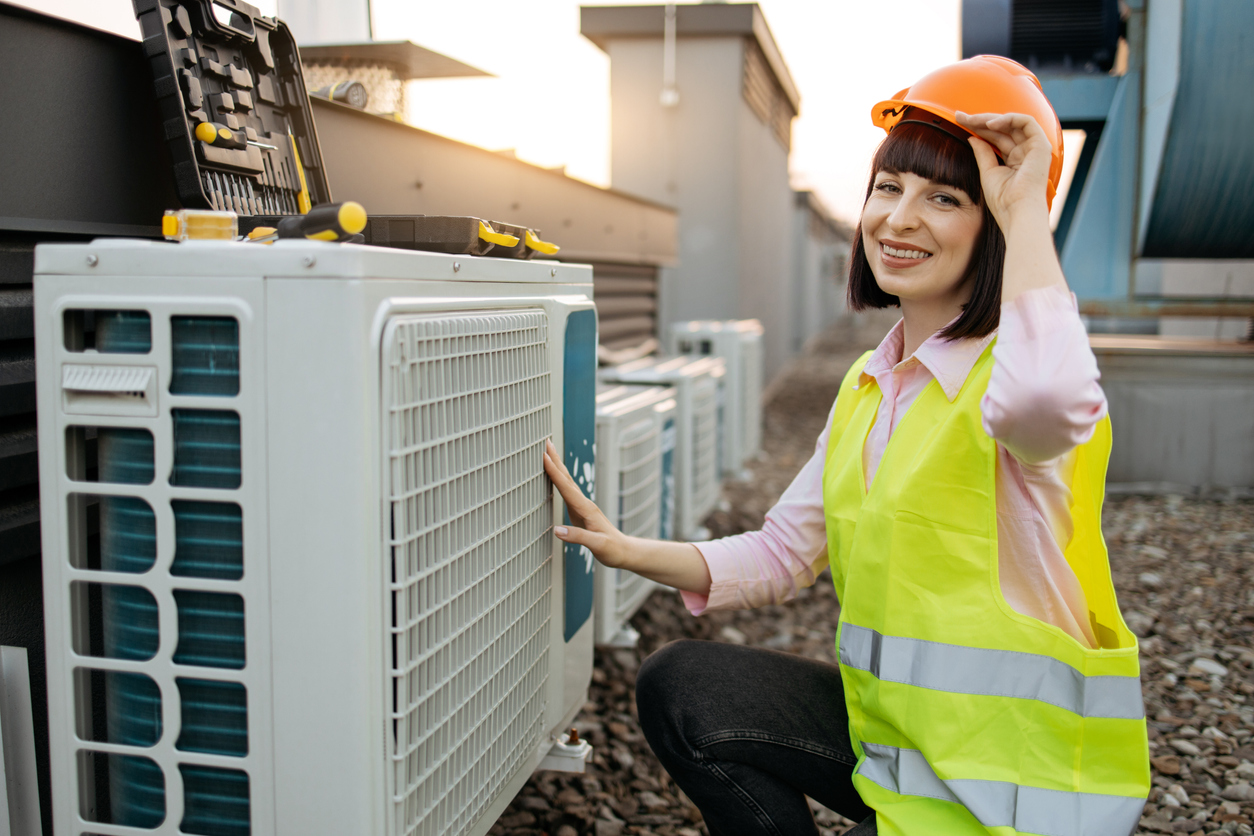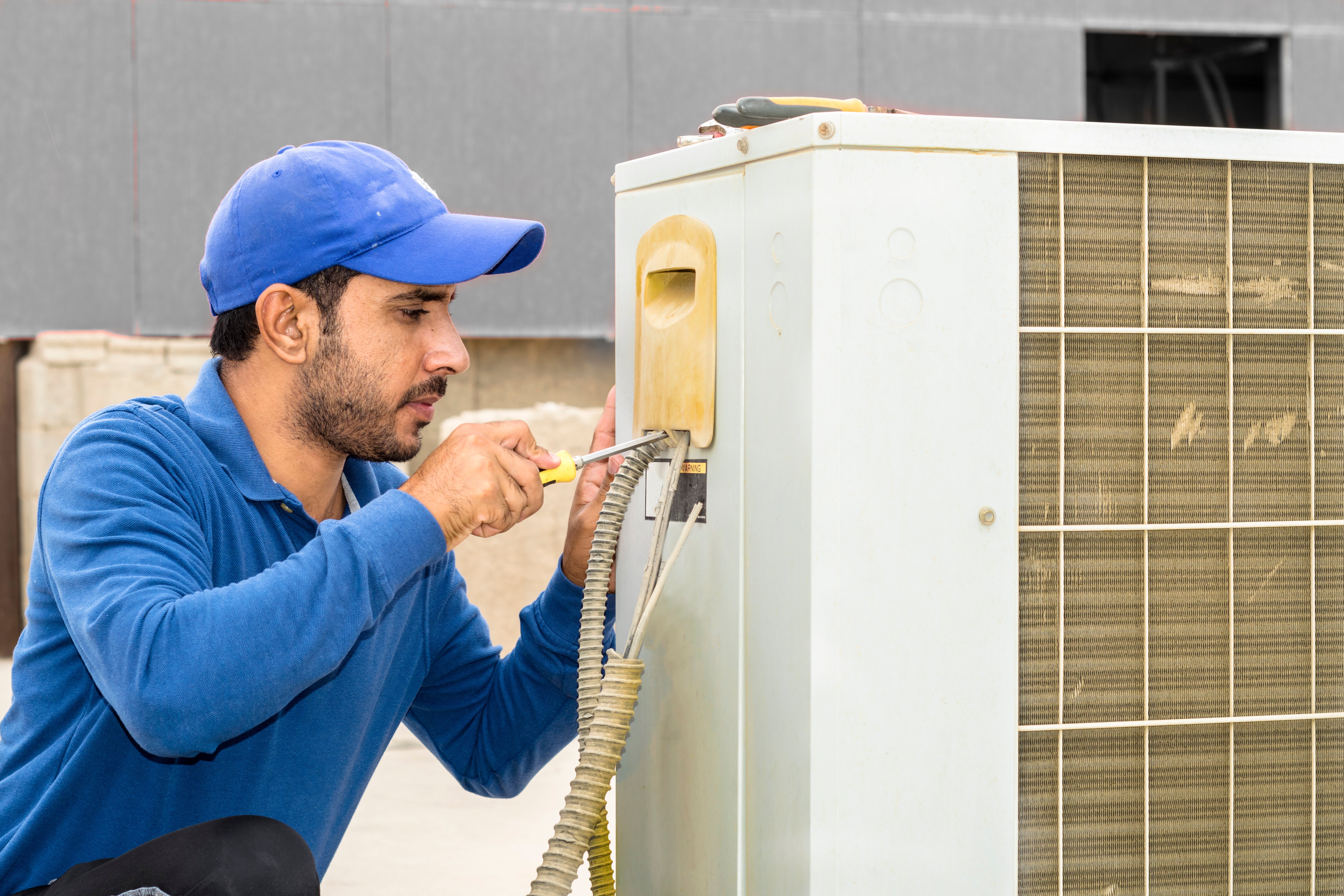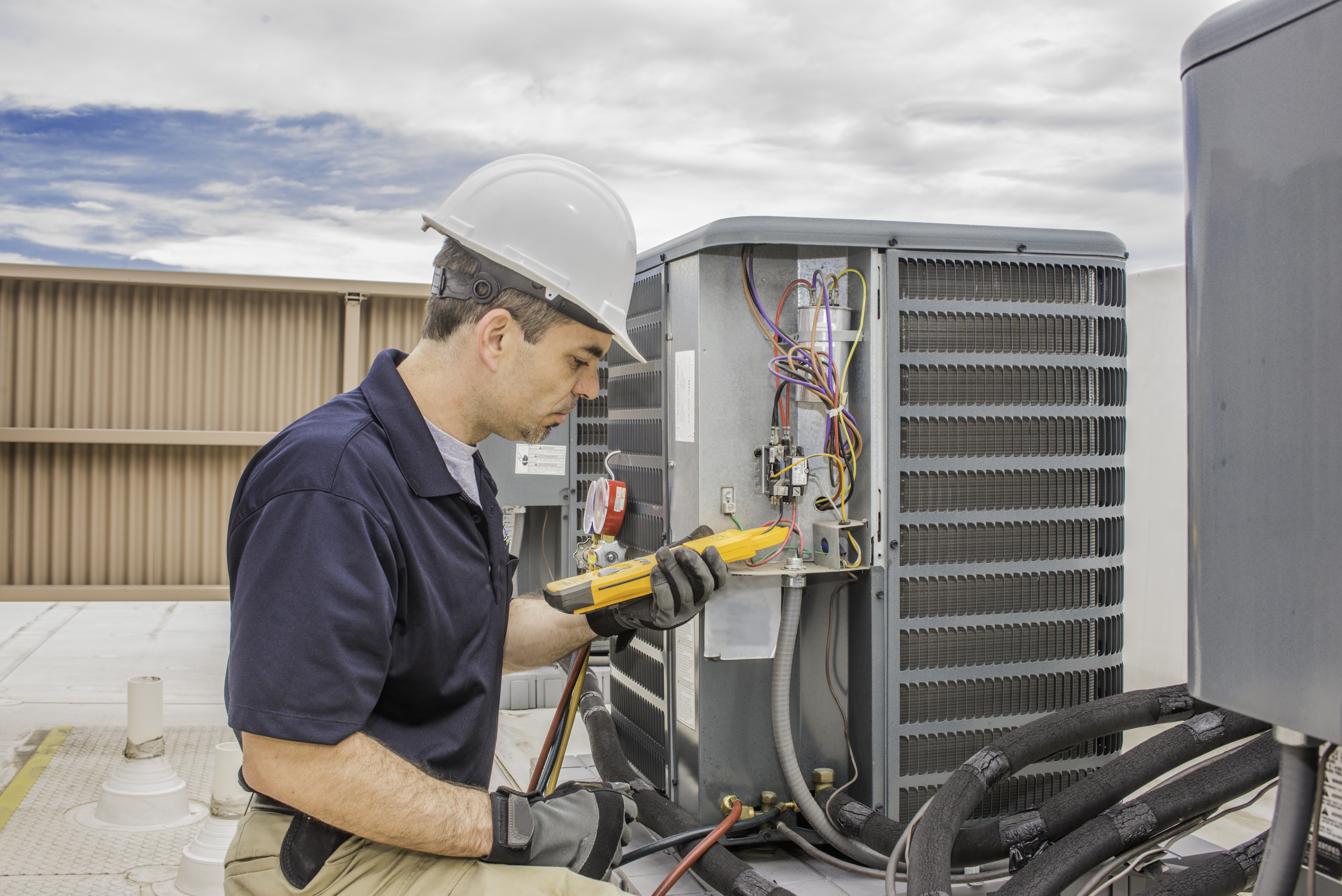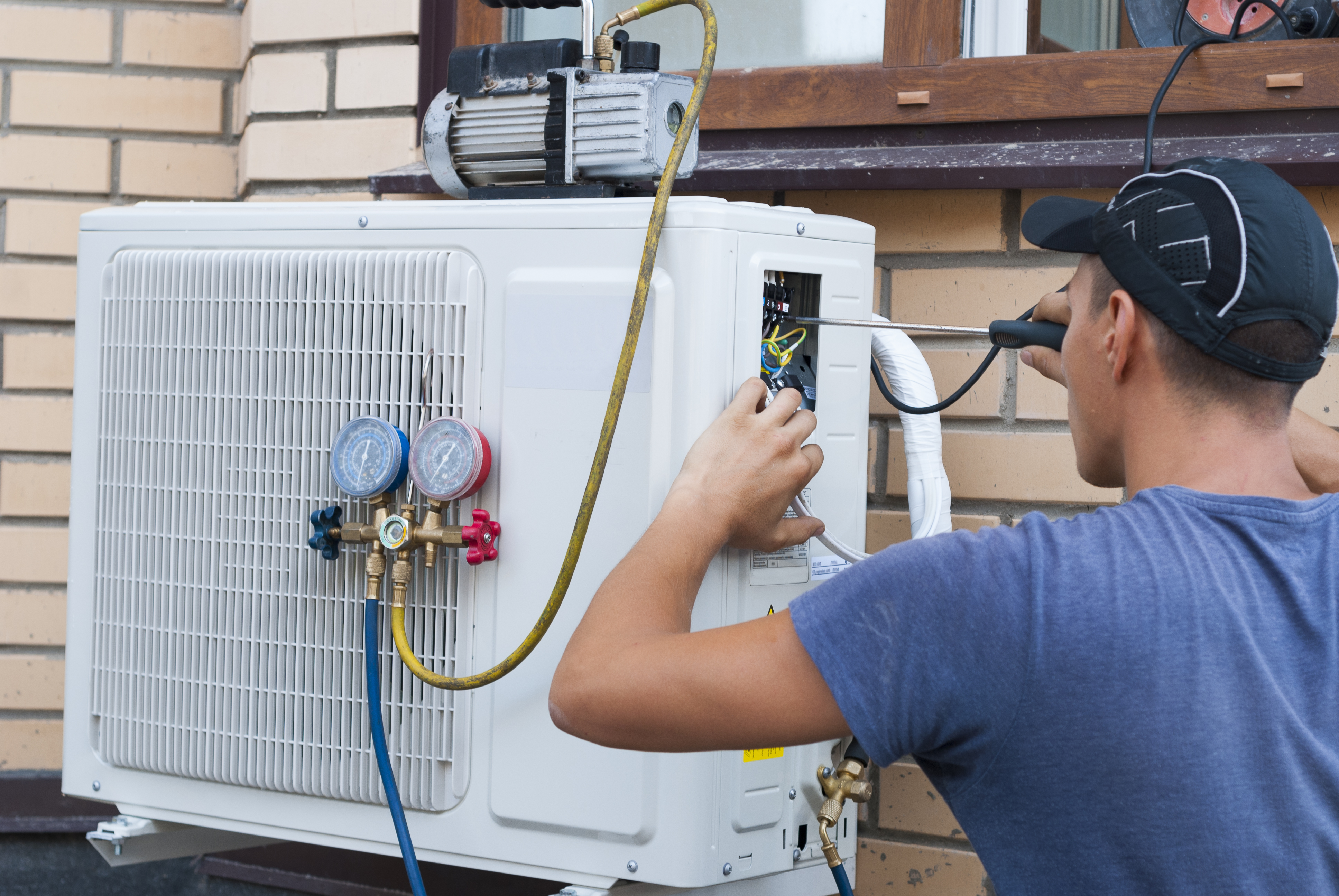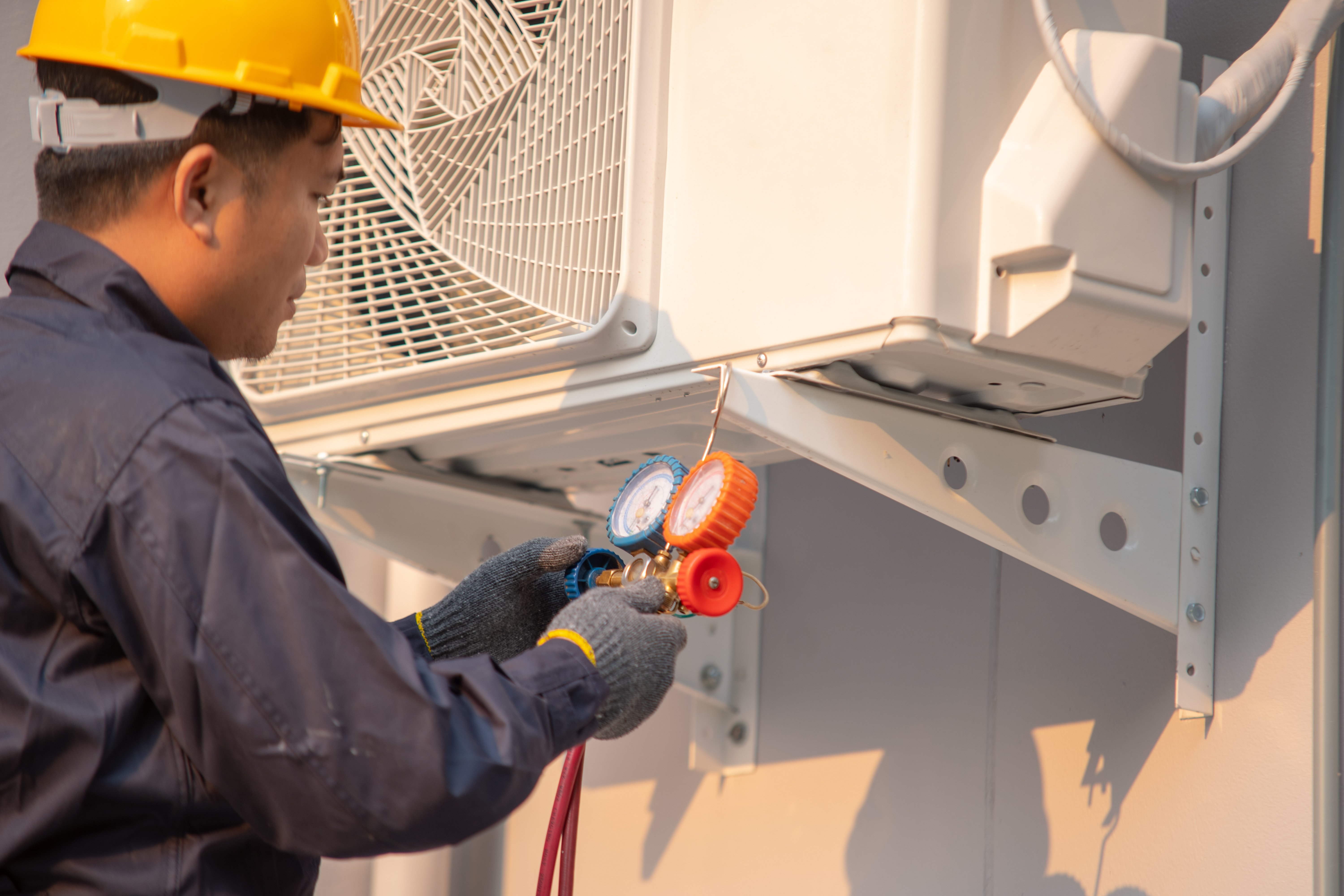Updated December 2025
The skilled trades have long been the backbone of modern society. And the demand for skilled tradespeople just keeps growing.
Careers in the plumbing, electrical, and HVAC trades offer exceptional opportunities for job stability and professional growth. These fields are at the forefront of innovation, incorporating renewable energy solutions, smart technologies, and eco-friendly practices.
In this post, we guide you through the essential skills, career opportunities, and sustainability trends shaping plumbing, electrical, and HVAC work. Read on to learn more about the top skilled trades programs to consider for 2026.



